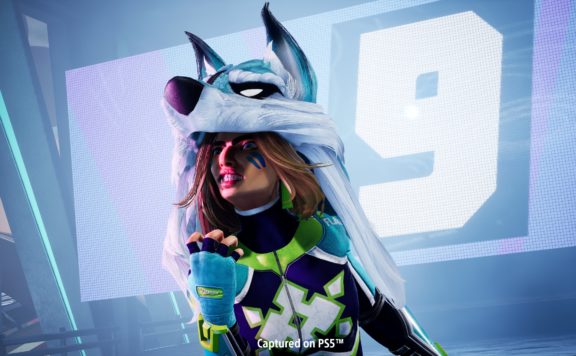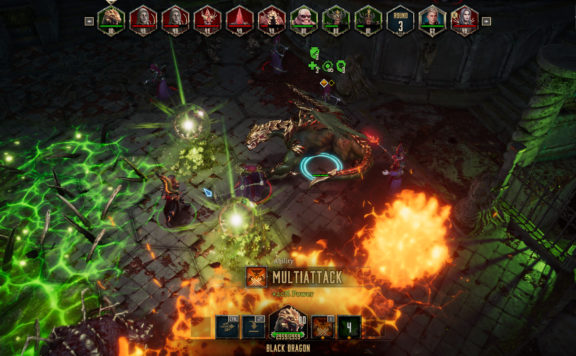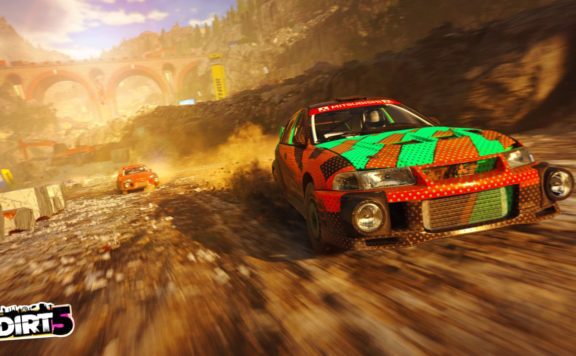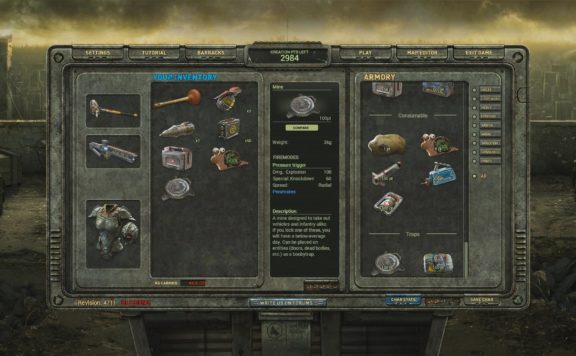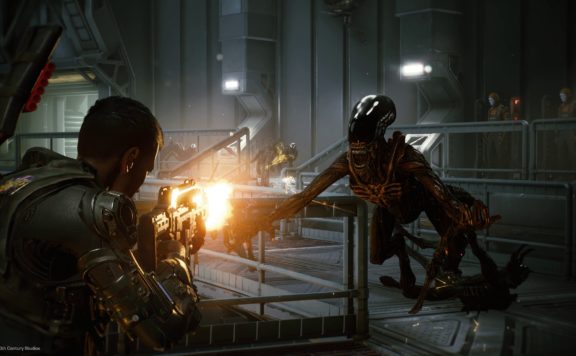By now, I’m sure at least some of us have read the PS5 article from WIRED. Personally, there wasn’t anything there that I wasn’t expecting. Keep in mind, a lot of the information presented was kept deliberately vague, but the high level points about a Zen 2 CPU and some Navi GPU were expected for those of us even moderately following advancements in the PC space.
The bit that somewhat raised my eyebrows was the detail about the GPU including support for ray tracing. Originally, the article stated the following misleading statement:

This is grossly misleading for one very simple reason: you do not need to spend $10,000 to buy a GPU capable of supporting ray tracing. In fact, now that Nvidia has rolled out support for Pascal 10-series cards to support this feature, a GTX 1060 can be had for as little as $240 as of this writing.
WIRED has since modified their statement to be far less misleading by stating,
While ray tracing is a staple of Hollywood visual effects and is beginning to worm its way into high-end processors and Nvidia’s recently announced RTX line, no game console has been able to manage it. Yet.
This new statement, however, does nothing to quell my initial skepticism. The obvious question springs to mind: While the PS5 may support ray tracing, what type of ray tracing will it support? Nvidia had to effectively invent “ray tracing cores” for the RTX 20-series to support ray tracing via a hardware solution. Comparatively, Nvidia extended ray tracing support to Pascal 10-series via software. And there is a big difference between the two.
After all, as with all things tech, there is a spectrum of quality and performance with ray tracing. The WIRED article seemingly ignores this question. A GTX 1060, while supporting ray tracing, provides a far inferior experience in both quality and performance even compared to a more modern RTX 2060 — a card with an MSRP of $350 compared to the $240 GTX 1060 discussed above.

As proven by Digital Foundry’s thorough analysis, the RTX 2060 on average performs better than the GTX 1060. The RTX card has hardware dedicated to perform ray tracing calculations, while the GTX card is making do with a software implementation via compute shaders.
The difference between these two cards is quite large, as demonstrated by Battlefield V. At 1080p resolution, DXR (ray tracing) set to ultra, and with ultra textures, the RTX 2060 averages 62 fps while the GTX 1060 averages only 30 fps — less than half the performance. For a competitive shooter, this is simply unacceptable.

Again, both cards “support” ray tracing, but the RTX 2060 was designed and architected from the ground up to support this feature via hardware, while the GTX 1060 had this support bolted on posthumously via software. The former solution provides the objectively better experience in terms of quality and performance.
With this in mind, we turn to the GPU that will be used in the PS5, AMD’s upcoming Navi. In short, we simply don’t know much about this GPU. There is speculation of a so-called Navi 10 Lite as of late that is rumored to be the GPU to be used in the PS5.
But at this point in time, we just don’t know if Navi will support ray tracing via hardware or software. And as of this writing, I have no reason to believe that Navi will feature hardware support for the feature because I simply haven’t heard nor seen any evidence to support this claim.

Ultimately, there are some really big questions surrounding next gen consoles and their ray tracing prospects. We must keep in mind that Microsoft will in all likelihood pursue this technology as well, and between Sony and Microsoft, I’m willing to bet Microsoft will be far more ambitious with its hardware goals than Sony.
To be blunt, ray tracing is a buzzword, and one that these executives know will play well to their console audience. But right now, the only true form of ray tracing to provide good quality and performance can only be had on GPUs with silicon dedicated to carrying out ray tracing calculations.
I strongly suspect the mainstream console audience to which this WIRED article is targeting will see “ray tracing” and get excited without truly understanding what that means — and Sony is counting on that ignorance to prop up hype for their console.
In the end, while I’d like to see ray tracing on a home console, I simply don’t believe the solution we’ll receive will be acceptable in quality or performance. Consoles are designed around compromise in order to hit a price point. Something will give — be it resolution, graphical fidelity, or performance — in order to push out ray traced lighting effects.
We need more information with tangible examples and results. Until then, I remain skeptical, and I urge you all to remain so as well.


